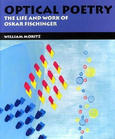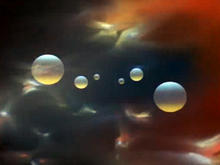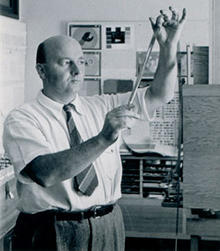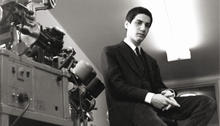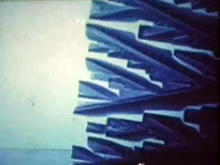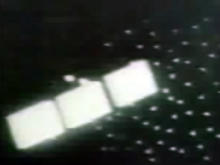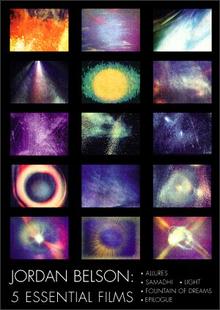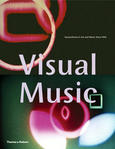The Film Work of Norman McLaren
(2007)by Terence Dobson approaches the puzzles that are set by the film work of Norman McLaren and provides a pivotal view of one of the major film-makers of the twentieth century.
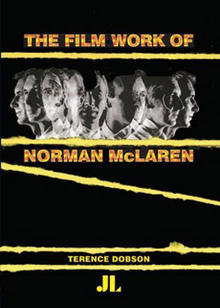
For half a century from the 1930s to the 1980s, the celebrated Canadian animator Norman McLaren made films at a prodigious rate – his output averaged about one film every year. The innovatory nature of his films won him worldwide acclaim, honours and prizes (including an Oscar™). Curiously, there has been a dearth of serious literature that focuses on the film work of Norman McLaren. One reason for this has been the difficulty in identifying constants through McLaren's work. The very scope of McLaren's innovations together with the varied purposes of his films meant that McLaren's films appeared incongruent. There is, for example, the shocking violence of Neighbours and the gentle whimsy of Hen Hop; the didacticism of Canon or Rythmetic and the scintillating abstract energy of Begone Dull Care; the functionalism of Book Bargain and the sublime beauty of Pas de deux. By looking at the nature and span of McLaren's innovations, and by putting his work in the context of his own ambitions and of his era, Terence Dobson approaches the puzzles that are set by the film work of Norman McLaren. On the way, the encounter with McLaren's movies – which features a detailed analysis of some of his chief works – provides a pivotal view of one of the major film-makers of the twentieth century.
The Film Work of Norman McLaren examines his film-work in the context of his objectives. It is divided into three parts, based on chronological divisions in McLaren's life. The first part deals with McLaren's formative years in Scotland and England and examines his early exposure to the social, artistic and institutional influences that were to shape his filmic output. The second part deals with McLaren's maturation in the USA and Canada. The third part examines specific issues in relation to McLaren and his work and as such is concerned principally with his mature output. McLaren's films contain incongruities, conflicts and apparent inconsistencies. In exploring these aspects of his work, this thesis examines the technical processes McLaren used in making his films, the oscillation shown in his films between abstract and representational imagery, and the degree of accord between McLaren's social objectives, his artistic objectives and his filmic achievements.
Source: John Libbey Publishing
ISBN-10: 0861966562
ISBN-13: 978-0861966561

